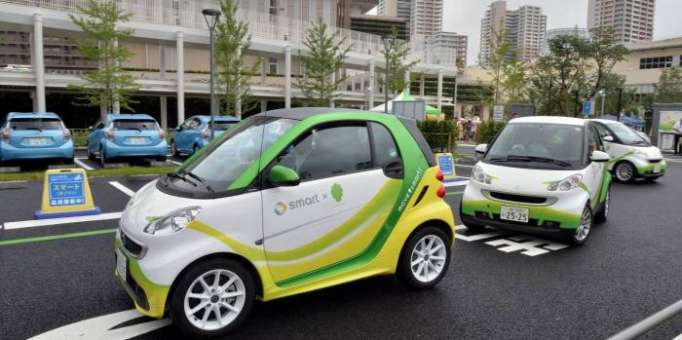Around the world, governments are making cities “smarter” by using data and digital technology to build more efficient and livable urban environments. This makes sense: with urban populations growing and infrastructure under strain, smart cities will be better positioned to manage rapid change.
But as digital systems become more pervasive, there is a danger that inequality will deepen unless local governments recognize that tech-driven solutions are as important to the poor as they are to the affluent.
While offline populations can benefit from applications running in the background of daily life – such as intelligent signals that help with traffic flows – they will not have access to the full range of smart-city programs. With smartphones serving as the primary interface in the modern city, closing the digital divide, and extending access to networks and devices, is a critical first step.
City planners can also deploy technology in ways that make cities more inclusive for the poor, the disabled, the elderly, and other vulnerable people. Examples are already abundant.
In New York City, the Mayor’s Public Engagement Unit uses interagency data platforms to coordinate door-to-door outreachto residents in need of assistance. In California’s Santa Clara County, predictive analytics help prioritize shelter space for the homeless. On the London Underground, an app called Wayfindr uses Bluetooth to help visually impaired travelers navigate the Tube’s twisting pathways and escalators.
And in Kolkata, India, a Dublin-based startup called Addressing the Unaddressedhas used GPS to provide postal addresses for more than 120,000 slum dwellers in 14 informal communities. The goal is to give residents a legal means of obtaining biometric identification cards, essential documentation needed to access government services and register to vote.
But while these innovations are certainly significant, they are only a fraction of what is possible.
Public health is one area where small investments in technology can bring big benefits to marginalized groups. In the developing world, preventable illnesses comprise a disproportionate share of the disease burden. When data are used to identify demographic groups with elevated risk profiles, low-cost mobile-messaging campaigns can transmit vital prevention information. So-called “m-health” interventions on issues like vaccinations, safe sex, and pre- and post-natal care have been shown to improve health outcomes and lower health-care costs.
Another area ripe for innovation is the development of technologies that directly aid the elderly. Here, the creation of local social-media networks could help seniors stay connected, perhaps by drawing them into mentoring and tutoring programs that build cross-generational bonds. E-career platforms could also be coded to match retirees with opportunities outside of the home. And more cities could deliver telemedicine and video consultations to elderly residents who are unable to easily travel to see doctors.
In fact, lower-income cities that embrace smart planning are often better positioned to benefit because they are building infrastructure from scratch. According to forthcoming research by the McKinsey Global Institute, smart-governance solutions can improve health, safety, environmental, and other quality-of-life metrics by 10-30%. And, as the research discovered, cities at the upper end of that range are often the poorest. To realize this potential, however, poor cities must first overcome a more basic problem: gaps in digital infrastructure.
City planners have sometimes been accused of promoting digital conveniences that favor the rich and exclude the poor. But as cities around the world are already demonstrating, it is possible to deploy technologies that serve everyone – even those on the margins of connectivity. As the urban world becomes “smarter,” cities will have an opportunity to become more inclusive. The alternative – the persistence and deepening of digital divides between communities – will not be easily undone.
Homi Kharas is Interim Vice President and Director of the Global Economy and Development program at the Brookings Institution.
Jaana Remes is a partner at the McKinsey Global Institute, based in San Francisco.
Read the original article on project-syndicate.org.
More about:
















































